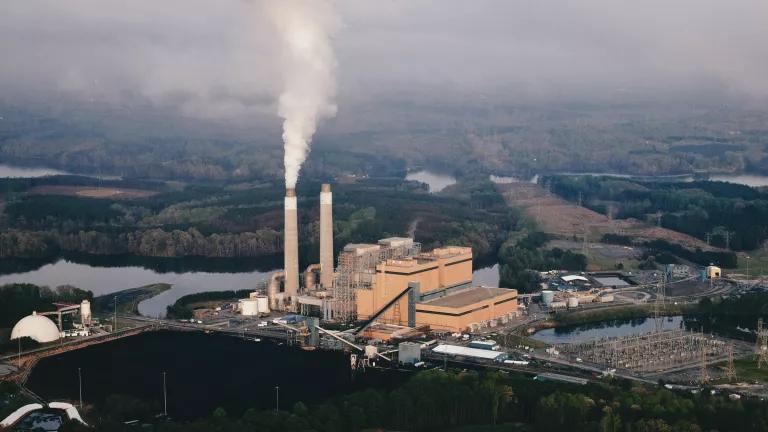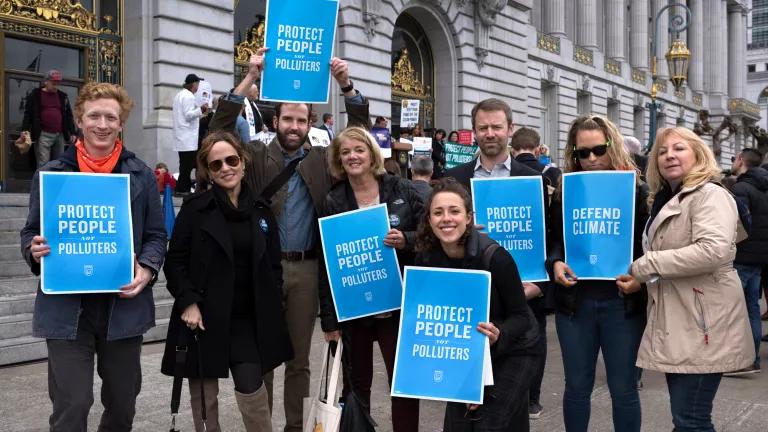The Need for Sustainable Fashion
Marie Claire magazine’s latest issue, which just hit the newsstand, focuses on an issue near and dear to my heart: sustainable fashion. The magazine’s nearly 1 million readers will get a glimpse into the huge health and environmental problems associated with clothing production and what consumers and fashion brands can do about it.
As I’ve written before, the fashion and apparel industry doesn’t seem like it should be a big polluter, particularly compared to heavy industrial sectors like cement-making and steel. But trust me, I see it with my own eyes all over the world: dyeing and finishing fabric is a huge water polluter and a pretty sizeable energy hog as well, problems that are exasperated by the fact that manufacturing has shifted to developing countries whose capacity to oversee and minimize environmental damage is so small. Countries like China, Vietnam, and Cambodia are making so much of what we buy at the mall every day, but they are in way over their heads, lacking the technical capacity and experience to curb environmental impacts from this heavy industry.
Conscious consumers, looking to make a difference with our wallets, want to buy clothes made with a smaller environmental footprint. But it is often hard to know the full story behind how our clothes are made, because of the long and complex supply chain of apparel.
That’s why it’s so important that big fashion brands themselves, and smaller ones, too, step up their game when it comes to protecting our planet. Clothing companies have the financial leverage to make change—they’re the ones who can get the ball rolling and set terms with their suppliers.
And these companies know full well what it means to operate responsibly. Not so long ago they were manufacturing here in America, where state-of-the-art environmental controls were the law of the land! And, happy news, as NRDC’s Clean By Design program has demonstrated over and over again, at apparel factories in China and Bangladesh, there are many simple opportunities to cut energy and water use and reduce pollution while saving money at the same time. Companies can thus profit in both the near- and long-term while they reduce their environmental footprint.
A few companies, like the Kering group that includes Puma and Stella McCartney, have recently led the way in embracing supply chain programs to reduce pollution, and can serve as models for the others. And we consumers can move the industry along by making our demands known, through letters, petitions, Facebook posts, and tweets that tell companies that sustainability is an important priority for the stuff that we buy and bring into our homes.
Retail is an incredibly competitive world, and fashion and apparel companies want to make you—their customers—loyal and happy. You can show them how to do just that by letting them know that you care how they operate, and especially how they deal with their supply chains.
NRDC’s Clean by Design program looks forward to collaborating with brands ready to step up to the plate as we expand our programs to reduce dangerous pollution for everyone.


